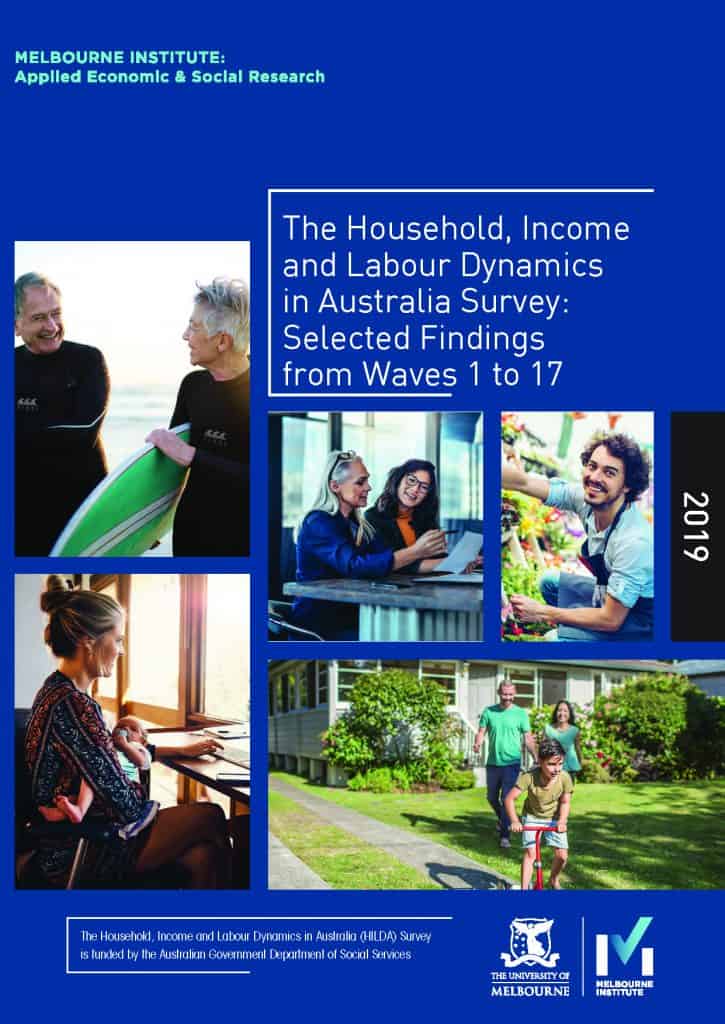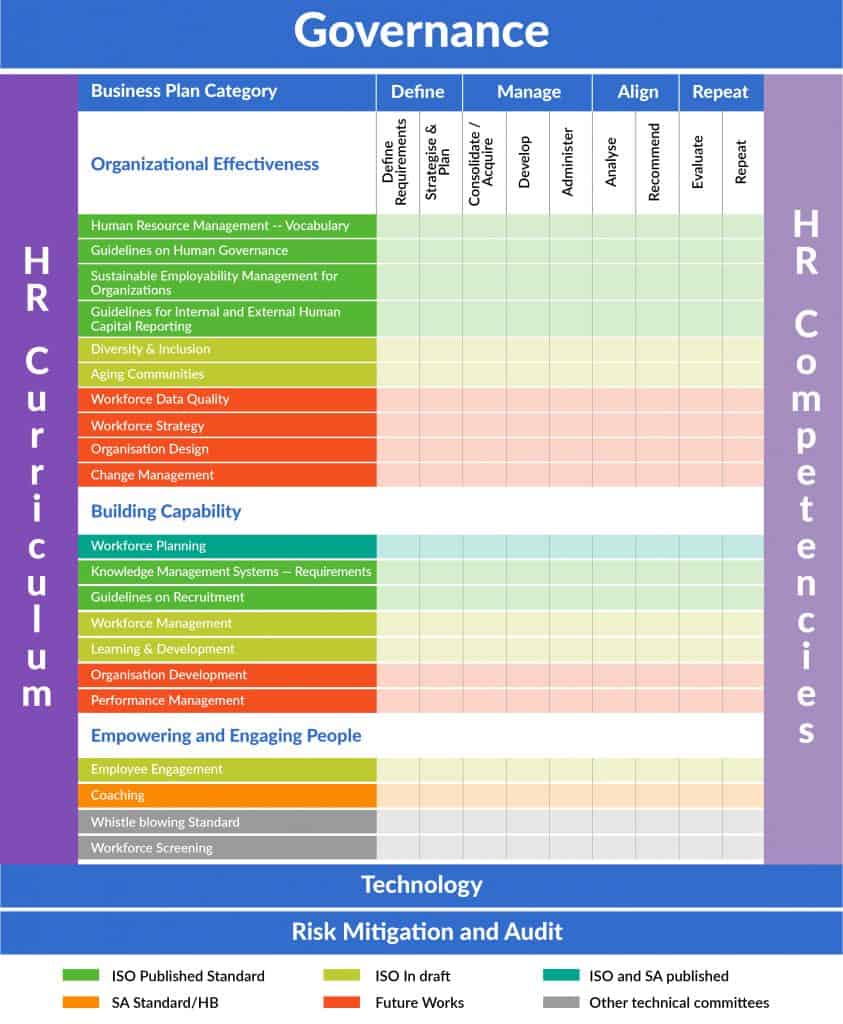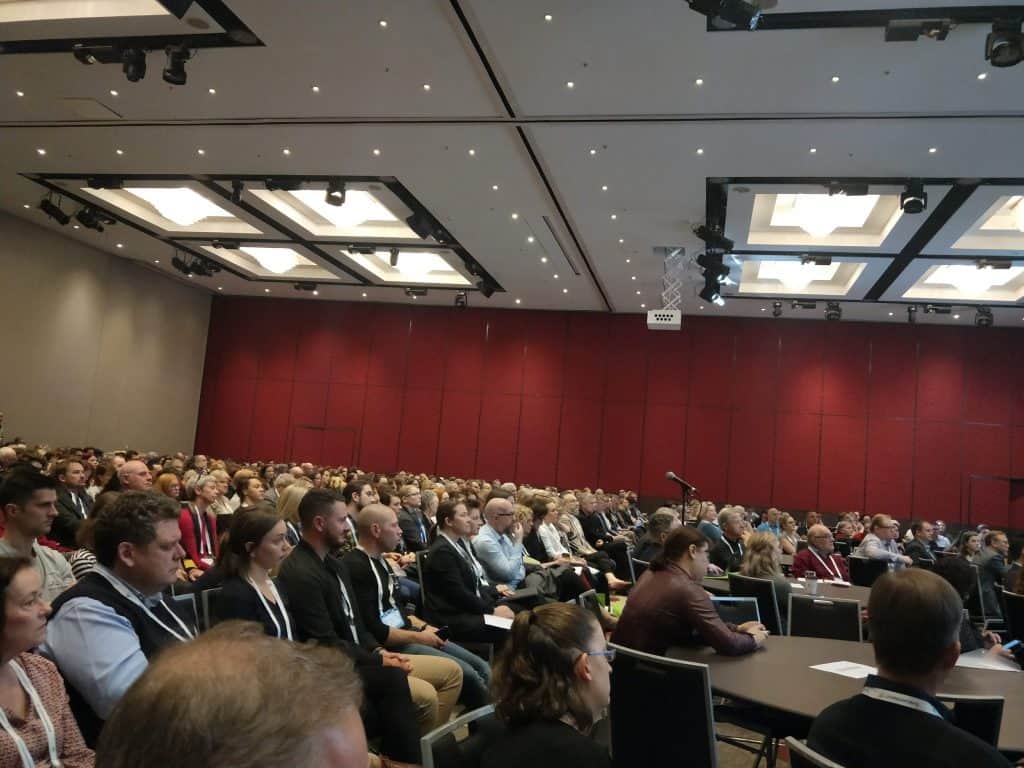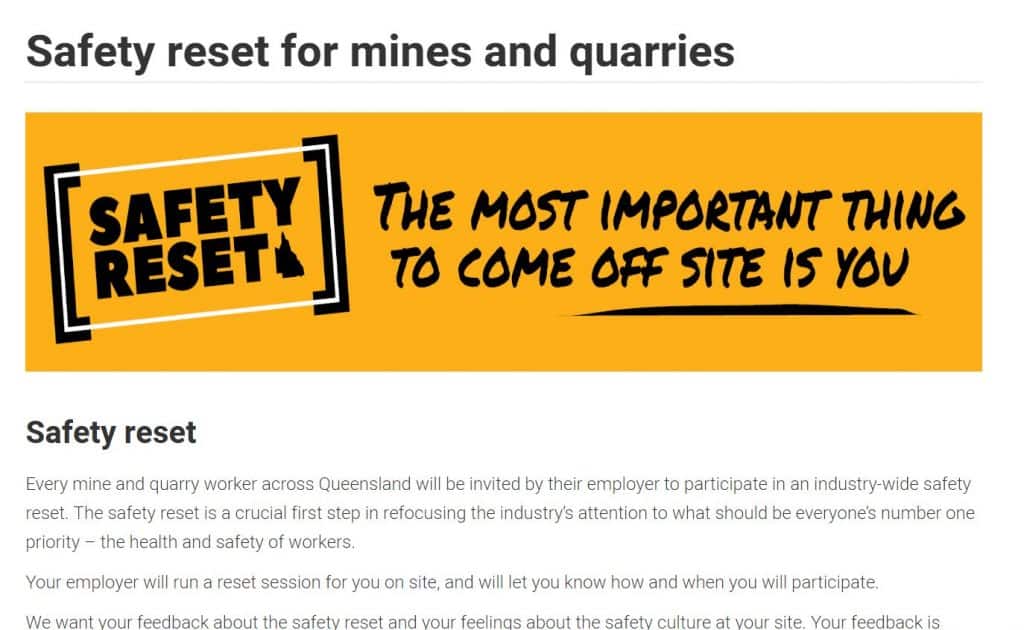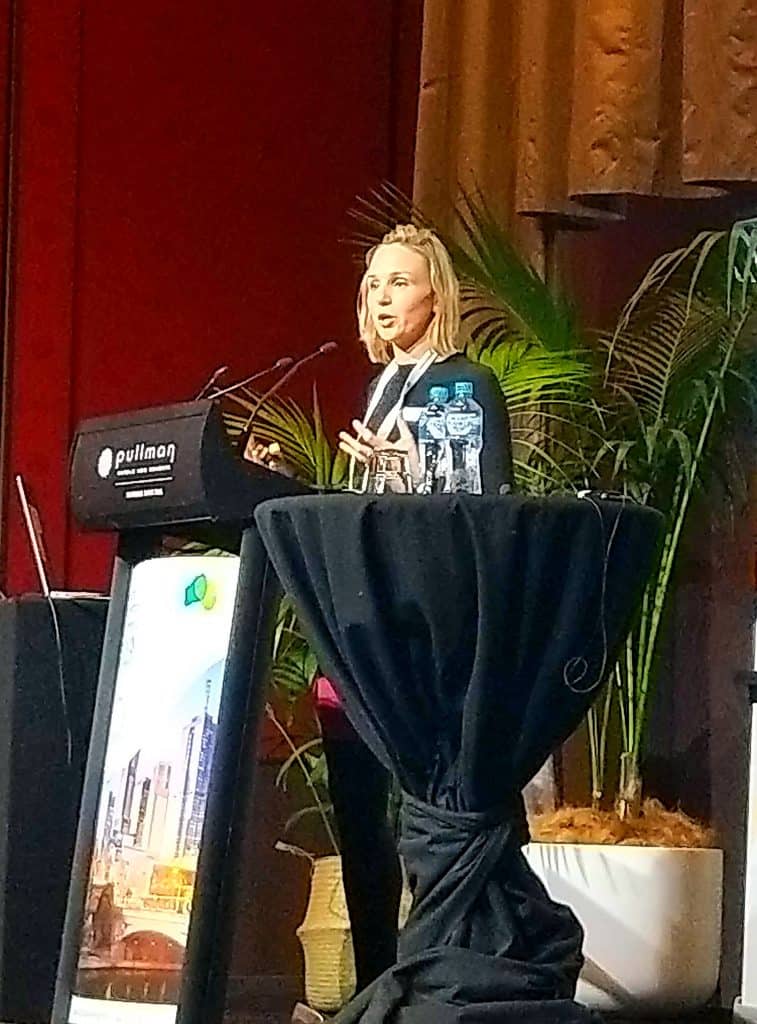
2019 was always going to be a Year of Mental Health for Australians as there are various official inquiries and investigations occurring. Last week alone, the Royal Commission into Mental Health Systems focused on suicide prevention. This overlapped with the National Suicide Prevention Conference (NSPC) and on Friday one of Australia’s National Mental Health Commissioners, Lucinda Brogden, spoke at a VIOSH 40th anniversary seminar.
The “evidence” of Lived Experience dominated the Conference and has been a regular feature of the Royal Commission, but the much more robust evidence of work-related mental health has also been on show. This evidence supports the harm prevention strategies advocated by occupational health and safety (OHS) professionals, researchers and Safe Work Australia and continues its peer-reviewed strength, even if the audience seems less than it should be.

